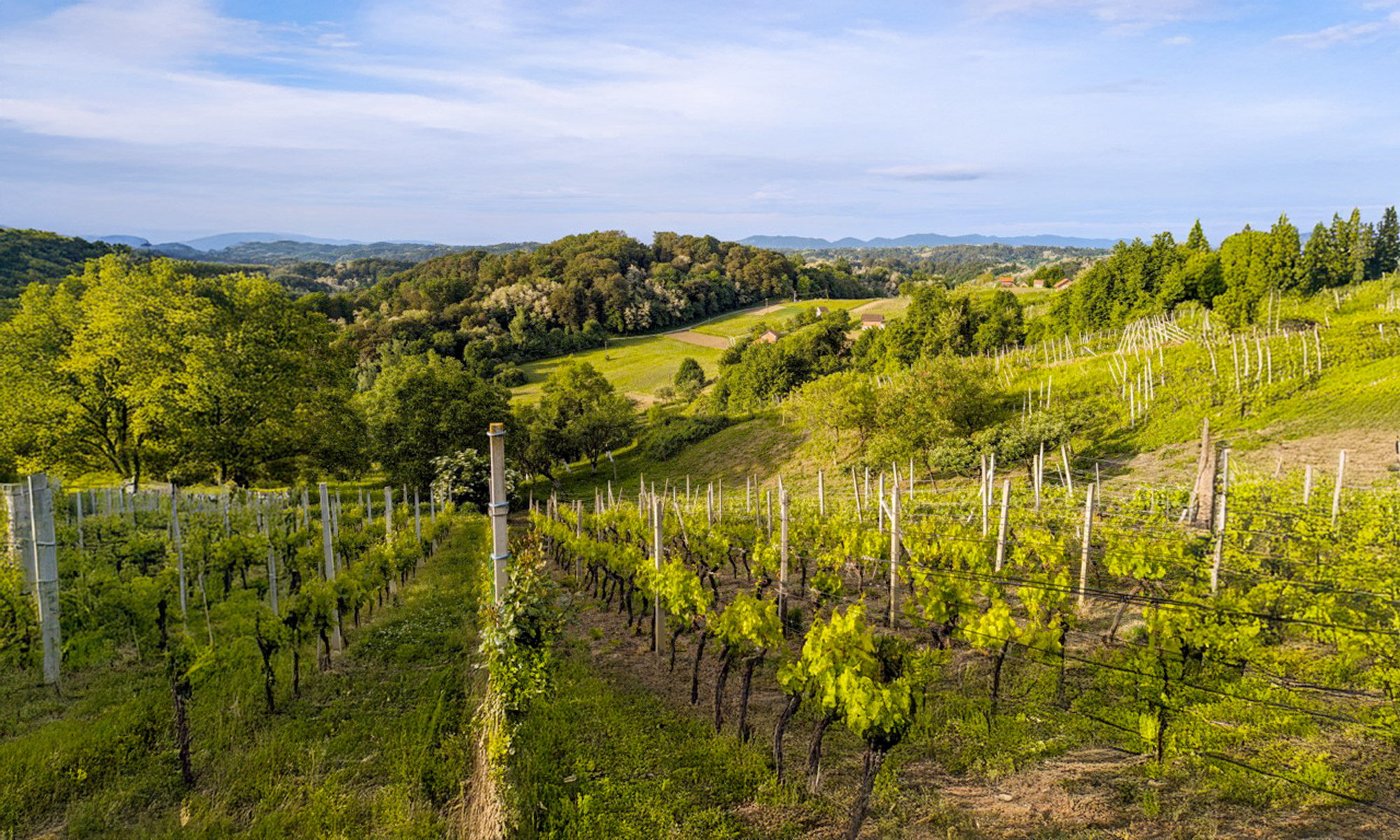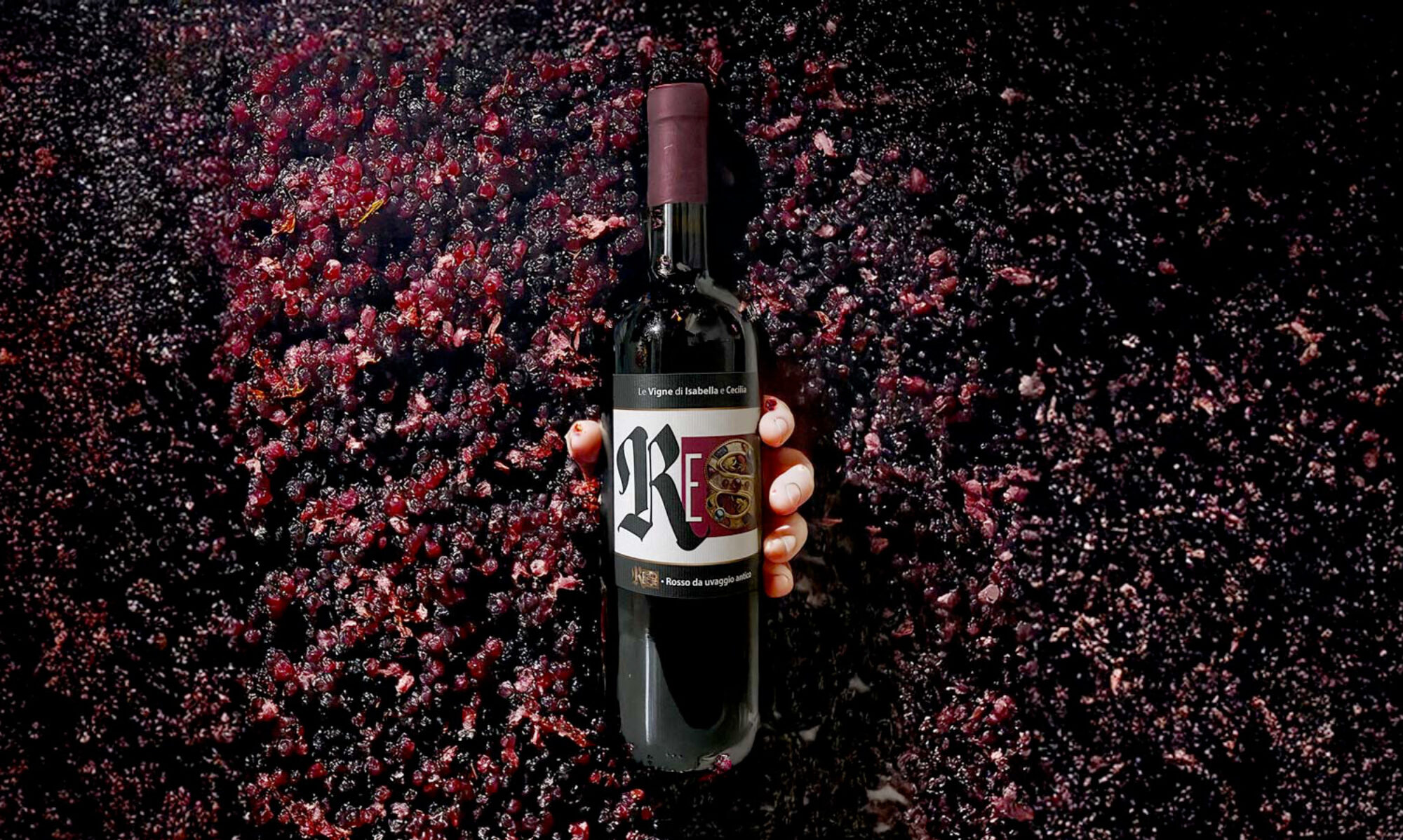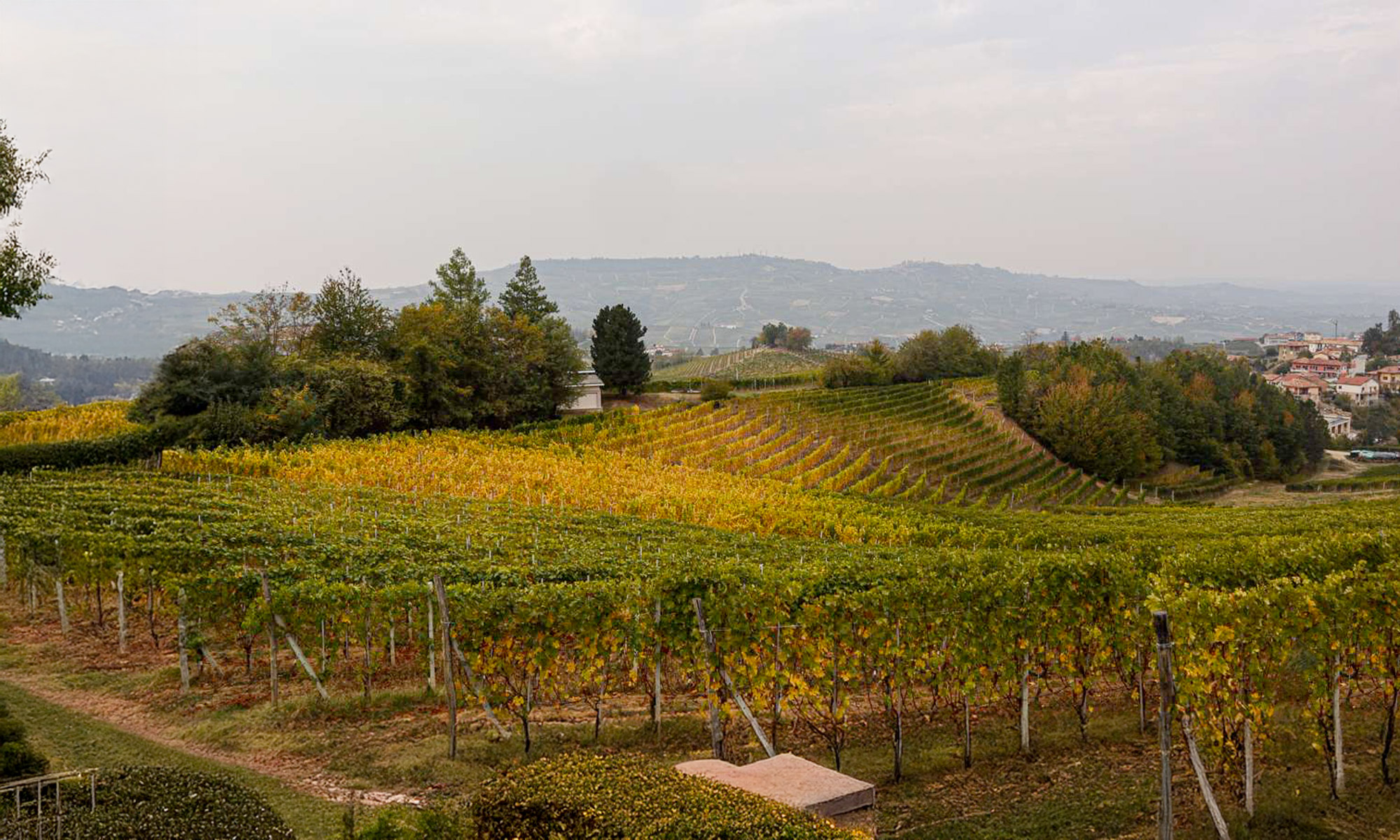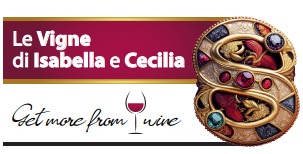
“…the hills open up your breath — they feel close yet far, familiar but almost magical. And wine is their mysterious essence…”
(Gianni Brera, journalist from Pavia)Welcome to the heart of Oltrepò Pavese!
Just 70 km from Milan, our winery is nestled in Oltrepò Pavese — one of Italy’s hidden gems when it comes to wine. This beautiful region, located in the southern corner of Lombardy where it meets Piedmont, Emilia-Romagna, and Liguria, is famous for its top-quality wines. It even sits along the 45th parallel north — the same “wine line” as Bordeaux and Piedmont!
Here at our estate, we grow a mix of traditional and international grape varieties:
- Croatina – the soul of our beloved Bonarda
- Barbera – fresh, lively, and full of personality
- Pinot Noir – elegant reds and sparkling wines start here
- Cabernet Sauvignon – bold and structured, for serious reds
- Riesling – crisp, aromatic, and mineral-rich whites
- Moscato – sweet, fragrant, and perfect for dessert or celebration
Thanks to the unique mix of soils, hills, and microclimates, Oltrepò Pavese is a dream for winemaking. It’s the perfect place to grow amazing grapes — and turn them into wines you’ll love.
A Land Full of History and Winemaking Tradition
Oltrepò Pavese has a winemaking history that goes back thousands of years. First inhabited in prehistoric times, it later became home to Gallic and Ligurian tribes before being conquered by the Romans, who started cultivating vines here as early as the 6th century BC.
By 40 BC, the Greek historian Strabo was already writing about the locals as prolific wine producers — a clear sign of how deeply rooted viticulture was in the region. Even Pliny the Elder mentioned the thriving wine trade of Clastidium, now known as Casteggio.
During the Middle Ages, Oltrepò Pavese became a melting pot of cultures and traditions. When the Lombards made Pavia their capital, viticulture received a major boost — thanks in part to Queen Teodolinda. In 614 AD, she granted lands near Bobbio to a group of monks from Burgundy, who brought vine cultivation back to life after the decline that followed the fall of the Roman Empire.
Over the centuries, the region was divided among noble families from northern Italy who left behind castles and historic estates — like the ones in Zavattarello, Montecalvo, and Cigognola — all living proof of the area’s rich cultural heritage.
Today, Oltrepò Pavese is internationally recognized as one of the most important regions in the world for Pinot Noir and high-quality sparkling wines, continuing to grow its reputation on the global wine scene.



